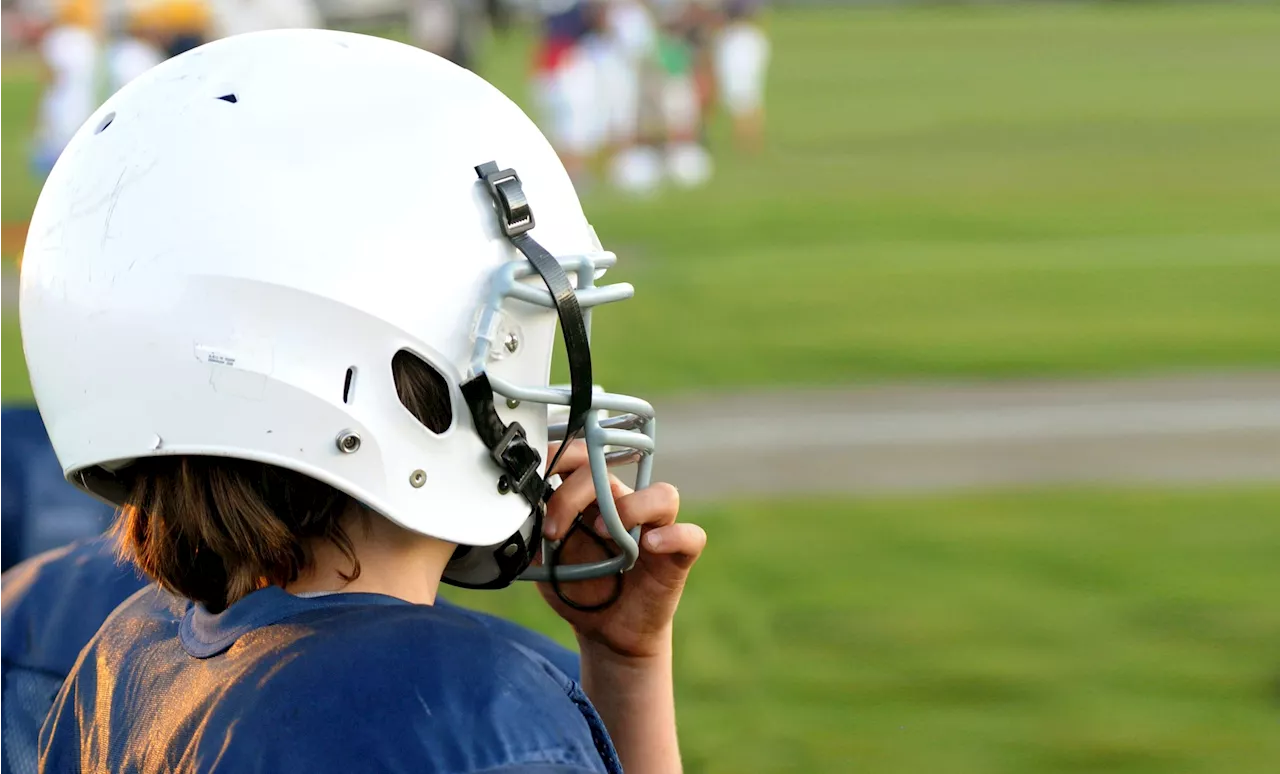A novel system that uses machine learning to predict tongue disease.
By Pooja Toshniwal PahariaReviewed by Lily Ramsey, LLMAug 15 2024 In a recent study published in Technologies, researchers devised a novel system that uses machine learning to predict tongue disease.
Automated tongue color analysis systems have demonstrated high accuracy in identifying healthy and ill individuals and diagnosing various disorders. Artificial intelligence has tremendously advanced in capturing, analyzing, and categorizing tongue images. The color models were as follows: the Human Visual System , the red, green, and blue system , luminance separation from chrominance , and lightness with green-red and blue-yellow axes .
Researchers used laptops with the MATLAB App Designer program installed and webcams with 1,920 x 1,080 pixels resolution to extract tongue color and features. Image analysis included segmenting the central region of the tongue image and eliminating the mustache, beard, lips, and teeth for analysis. The 0.99 Jaccard index with 0.01 zero-one losses, 0.92 G-score, 0.01 Hamming loss, 1.0 Cohen's kappa, 0.4 MCC, and 0.98 Fowlkes-Mallow index suggested nearly perfect positive correlations, suggesting that XGBoost is highly reliable and effective for tongue analysis. XGBoost ranked first in precision, accuracy, F1 score, recall, and MCC.
Tongue Anemia Asthma Covid-19 Diagnostic Healthcare Hospital Imaging Machine Learning Medicine Research
United Kingdom Latest News, United Kingdom Headlines
Similar News:You can also read news stories similar to this one that we have collected from other news sources.
 Artificial stone worktops pose serious health hazardIt may now be time to ban artificial stone-; a firm favorite for kitchen worktops in the UK-; to ward off the incurable lung disease caused by its manufacturing and fitting, say a team of doctors in the journal Thorax after treating the first 8 cases of artificial stone silicosis reported in the UK.
Artificial stone worktops pose serious health hazardIt may now be time to ban artificial stone-; a firm favorite for kitchen worktops in the UK-; to ward off the incurable lung disease caused by its manufacturing and fitting, say a team of doctors in the journal Thorax after treating the first 8 cases of artificial stone silicosis reported in the UK.
Read more »
 Electrically powered artificial muscle fibers: Emerging power source for robotics and wearable devicesIn the dynamic landscape of intelligent technology, electrically powered artificial muscle fibers (EAMFs) are emerging as a revolutionary power source for advanced robotics and wearable devices.
Electrically powered artificial muscle fibers: Emerging power source for robotics and wearable devicesIn the dynamic landscape of intelligent technology, electrically powered artificial muscle fibers (EAMFs) are emerging as a revolutionary power source for advanced robotics and wearable devices.
Read more »
 Building a better surgeon: Researchers develop artificial intelligence tool for surgical trainingIf you have ever faced the daunting decision of whether to undergo surgery, you likely had several questions. Among the myriad considerations were likely questions about the skill and experience of the person holding the knife.
Building a better surgeon: Researchers develop artificial intelligence tool for surgical trainingIf you have ever faced the daunting decision of whether to undergo surgery, you likely had several questions. Among the myriad considerations were likely questions about the skill and experience of the person holding the knife.
Read more »
 Expert shares how gardens with artificial grass can become butterfly 'haven'A wildlife-friendly garden is possible even if you have artificial grass - the solution can be as simple as a bird bath.
Expert shares how gardens with artificial grass can become butterfly 'haven'A wildlife-friendly garden is possible even if you have artificial grass - the solution can be as simple as a bird bath.
Read more »
 Natural grass may pose greater risk for football concussions than artificial turfYoung football players who sustained a head-to-ground concussion practicing or playing games on natural grass experienced more symptoms—and significantly higher severity—than those who suffered concussions on artificial turf, researchers at UT Southwestern Medical Center found.
Natural grass may pose greater risk for football concussions than artificial turfYoung football players who sustained a head-to-ground concussion practicing or playing games on natural grass experienced more symptoms—and significantly higher severity—than those who suffered concussions on artificial turf, researchers at UT Southwestern Medical Center found.
Read more »
 Texas Heart Institute and BiVACOR achieve milestone with total artificial heart implantationThe Texas Heart Institute (THI) and BiVACOR, a clinical-stage medical device company, announced today the successful first-in-human implantation of the BiVACOR Total Artificial Heart (TAH) as part of the U.S. Food and Drug Administration (FDA) Early Feasibility Study (EFS) on July 9, 2024.
Texas Heart Institute and BiVACOR achieve milestone with total artificial heart implantationThe Texas Heart Institute (THI) and BiVACOR, a clinical-stage medical device company, announced today the successful first-in-human implantation of the BiVACOR Total Artificial Heart (TAH) as part of the U.S. Food and Drug Administration (FDA) Early Feasibility Study (EFS) on July 9, 2024.
Read more »
